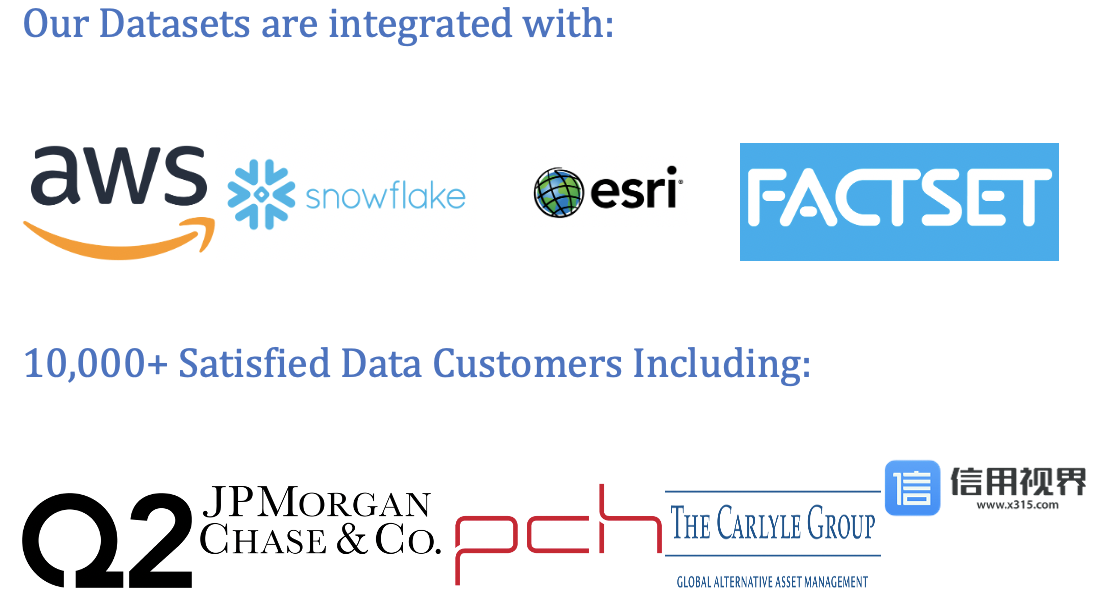
Top Website Traffic Data Providers
Understanding Website Traffic Data
Website Traffic Data is collected through web analytics tools such as Google Analytics, Adobe Analytics, and others. These tools track user interactions with a website, including page views, clicks, conversions, and other engagement metrics. By analyzing Website Traffic Data, stakeholders can gain insights into user behavior, preferences, and interests, allowing them to make data-driven decisions to improve website usability, content relevance, and overall user experience.
Components of Website Traffic Data
Website Traffic Data comprises several key components essential for understanding user behavior and website performance:
- Traffic Volume: Metrics indicating the total number of visitors to a website within a specific timeframe, providing insights into overall website popularity and reach.
- Traffic Sources: Information about the channels through which visitors arrive at a website, including organic search, direct traffic, referral links, social media, email marketing, and paid advertising.
- Engagement Metrics: Metrics such as bounce rate, average session duration, pages per session, and conversion rates, measuring user engagement and interaction with website content.
- User Demographics: Insights into the demographic characteristics of website visitors, including age, gender, location, device type, and interests, enabling targeted marketing and content personalization.
- Content Performance: Analysis of the most visited pages, popular content topics, and conversion paths, helping website owners identify high-performing content and optimize content strategy to meet user needs and interests.
Top Website Traffic Data Providers
- Leadniaga : Leadniaga offers advanced website traffic data analytics solutions, providing website owners and marketers with comprehensive insights into user behavior and website performance. Their platform leverages machine learning algorithms and predictive analytics to analyze website traffic data and generate actionable insights for optimizing user experience and driving conversions.
- Google Analytics: Google Analytics is a widely used web analytics platform that provides website traffic data, audience insights, and performance metrics for websites. Its features include real-time reporting, audience segmentation, conversion tracking, and goal setting, making it a powerful tool for understanding user behavior and optimizing website performance.
- Adobe Analytics: Adobe Analytics is an enterprise-level web analytics solution that provides advanced website traffic data and customer insights for businesses. Its features include cross-channel analytics, predictive analytics, customer journey mapping, and audience segmentation, empowering organizations to deliver personalized digital experiences and drive business growth.
- Hotjar: Hotjar is a website analytics and user feedback tool that provides insights into user behavior through heatmaps, session recordings, and feedback polls. Its features help website owners visualize user interactions, identify usability issues, and optimize website design and functionality to improve user experience and conversion rates.
- Moz Pro: Moz Pro is a suite of SEO tools that includes website traffic data analytics, keyword research, link analysis, and site audits. Its features enable website owners to track keyword rankings, monitor backlinks, and analyze website traffic trends to improve search engine visibility and drive organic traffic to their websites.
Importance of Website Traffic Data
Website Traffic Data is essential for stakeholders in the digital space for the following reasons:
- Performance Evaluation: Helps website owners assess the effectiveness of their online presence, track key performance indicators, and measure the success of marketing campaigns in driving traffic and conversions.
- User Experience Optimization: Provides insights into user behavior, preferences, and pain points, allowing website owners to optimize website design, content strategy, and navigation to enhance user experience and satisfaction.
- Marketing Strategy: Guides marketing efforts by identifying high-performing channels, content types, and audience segments, enabling marketers to allocate resources effectively, refine targeting strategies, and maximize return on investment.
- Conversion Optimization: Enables website owners to identify conversion bottlenecks, optimize conversion paths, and implement targeted interventions to increase conversion rates and achieve business objectives.
Applications of Website Traffic Data
The applications of Website Traffic Data include:
- Content Strategy: Informs content creation and optimization efforts by identifying popular topics, keywords, and formats that resonate with the target audience, driving organic traffic and engagement.
- SEO Strategy: Guides search engine optimization (SEO) efforts by identifying keyword opportunities, monitoring search engine rankings, and analyzing website traffic patterns to improve visibility and drive organic traffic from search engines.
- User Acquisition: Helps businesses attract and acquire new customers by identifying effective acquisition channels, refining targeting strategies, and optimizing landing pages and conversion funnels to drive qualified traffic and leads.
- User Retention: Supports user retention efforts by analyzing user engagement metrics, identifying churn risk factors, and implementing targeted retention campaigns to re-engage users and foster long-term customer relationships.
Conclusion
In conclusion, Website Traffic Data plays a crucial role in understanding user behavior, optimizing website performance, and driving business growth in the digital age. With leading providers like Leadniaga and others offering advanced website traffic data analytics solutions, stakeholders can leverage real-time insights into user interactions and website performance to make data-driven decisions, improve user experience, and achieve business objectives. By harnessing the power of website traffic data effectively, website owners, marketers, and analysts can attract more visitors, increase engagement, and drive conversions to their websites for sustained success in a competitive online landscape.
Our Datasets are integrated with :



10,000+ Satisfied Data Customers including :








